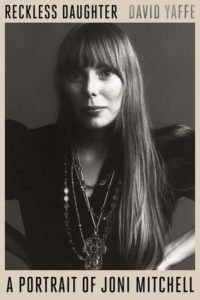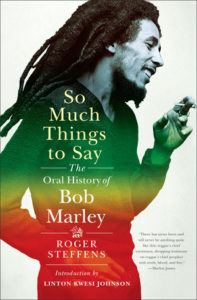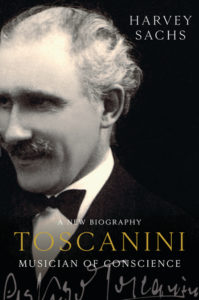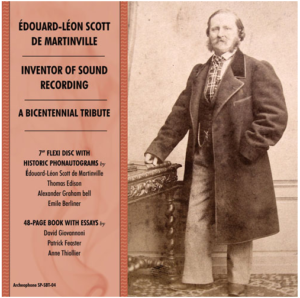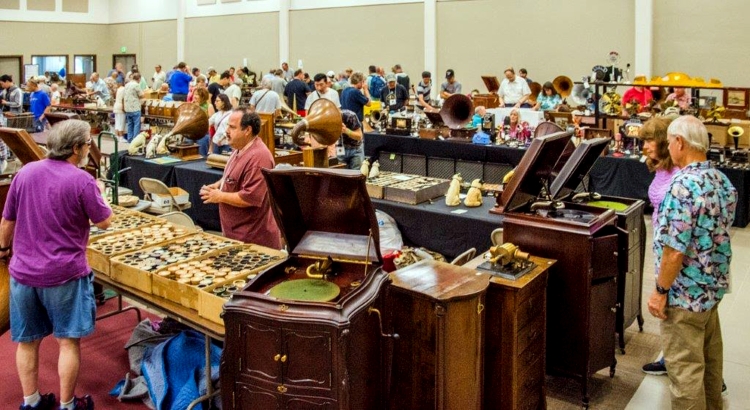Post submitted by the ARSC Awards Committee (David N. Lewis and Roberta Freund Schwartz, co-chairs)
The Association for Recorded Sound Collections is pleased to announce the winners of the 2018 ARSC Awards for Excellence in Historical Recorded Sound Research. The awards will be presented at a ceremony on May 11, 2019, during ARSC’s annual conference in Portland, OR. Additional information about the conference and the ARSC Awards for Excellence can be found at arsc-audio.org.
Begun in 1991, the ARSC Awards are given to authors of books, articles or recording liner notes to recognize those publishing the very best work today in recorded sound research. In giving these awards, ARSC recognizes the contributions of these individuals and aims to encourage others to emulate their high standards and to promote readership of their work. Two awards are presented annually in each category, for best history and best discography, and several others are acknowledged with Certificates of Merit. Awards are presented to both the authors and publishers of winning publications.
Winners are chosen by a committee consisting of three elected judges representing specific fields of study, two judges-at-large, the review editor of the ARSC Journal and the President or past President of ARSC. The 2018 ARSC Awards Committee consists of the following:
Dan Morgenstern (Jazz Music Judge); Jon Samuels (Classical Music Judge); Matthew Barton (Popular Music Judge and ARSC Past-President); Cary Ginell (Judge-At-Large and ARSC President); Richard Spottswood (Judge-at-Large); James Farrington (Book Review Editor, ARSC Journal); Patrick Feaster (ARSC past President); David N. “Uncle Dave” Lewis (Awards Committee Co-Chair), and Roberta Freund Schwartz (Awards Committee Co-Chair).
The 2018 Awards for Excellence honor books published in 2017.
The awardees are as follows:
BEST RESEARCH IN RECORDED ROCK MUSIC
Duane Tudahl, Prince and the Purple Rain Era Studio Sessions: 1983 and 1984 (Rowman & Littlefield)
Certificates of Merit
- Kent Hartman, Goodnight, L.A.: The Rise and Fall of Classic Rock – the Untold Stories from Inside the Legendary Recording Studios (Da Capo)
- Norbert Putnam Music Lessons: A Musical Memoir, Volume 1 (Thimbleton House Media)
BEST RESEARCH IN RECORDED POPULAR MUSIC
David Yaffe, Reckless Daughter (Sarah Crichton Books)
Best Discography
Carl Magnus Palm, Abba: The Complete Recording Sessions: Revised and Expanded Edition (Carl Magnus Palm)
Certificate of Merit
Michael A. Amundson, Talking Machine West: A History and Catalogue of Tin Pan Alley’s Western Recordings, 1902–1918 (University of Oklahoma Press)
BEST HISTORICAL RESEARCH IN RECORDED JAZZ
Elaine M. Hayes, Queen of Bebop: The Musical Lives of Sarah Vaughan (Ecco)
Best Discography
Cary Ginell, The Herbie Mann Picto-Discography (1952-2003) (lulu.com)
Certificates of Merit
- Bob Dietsche, Tatum’s Town: The Story of Jazz in Toledo, Ohio (1915-1985) (Bobson Press)*
- Jack Sullivan, New Orleans Remix (University Press of Mississippi)
- Clark Tracey, The Godfather of British Jazz: The Life and Music of Stan Tracey (Equinox)
BEST HISTORICAL RESEARCH IN RECORDED COUNTRY, FOLK, ROOTS, AND WORLD MUSIC
Roger Steffens, So Much Things to Say: The Oral History of Bob Marley (W. W. Norton)
Best Discography
Nick Leigh, Cajun Records 1946-1989 (self-published)
Certificates of Merit
- Eothen Alapatt and Leonard Koloko, Welcome to Zamrock!: How Zambia’s Liberation Led to a Rock Revolution (NowAgain Records)
- Mohsen Mohammadi, Modal Modernities: Formations of Persian Classical Music and the Recording of a National Tradition (CreateSpace)
- Nancy Yunhwa Rao, Chinatown Opera Theatre in North America (University of Illinois Press)
BEST HISTORICAL RESEARCH IN RECORDED BLUES, GOSPEL, SOUL, OR R&B
Jonathan Gould, Otis Redding: An Unfinished Life (Crown Archetype)
Certificates of Merit
- Lynn Abbott and Doug Seroff, The Original Blues: The Emergence of the Blues in African American Vaudeville (University Press of Mississippi)
- Andrea Swennson, Got to Be Something Here: The Rise of the Minneapolis Sound (University of Minnesota Press)
- Alex van der Tuuk, The New Paramount Book of Blues (Agram)
BEST HISTORICAL RESEARCH IN RECORDED CLASSICAL MUSIC
Harvey Sachs, Toscanini: Musician of Conscience (Liveright)
Best Discography
Jerome F. Weber, “Cantigas de Santa Maria” Discography (Plainsong and Medieval Music Society)
Certificate of Merit
Pierre Schaeffer, Christine North, and John Dack, Treatise on Musical Objects: An Essay Across Disciplines (University of California Press)
BEST HISTORICAL RESEARCH ON RECORD LABELS AND GENERAL RECORDING TOPICS
David Giovannoni, Patrick Feaster, and Anne Thiollier, Edouard-Léon Scott de Martinville, Inventor of Sound Recording: A Bicentennial Tribute (Archeophone)
Certificates of Merit
- Frank Andrews, Vocalion Records (City of London Phonograph and Gramophone Society)
- Alex Sayf Cummings, Democracy of Sound: Music Piracy and the Remaking of American Copyright in the Twentieth Century (Oxford University Press)
- Robert Strachan, Sonic Technologies: Popular music, Digital culture and the Creative Process (Bloomsbury Academic)
* Doesn’t appear to have an official corresponding web presence. Please write if we’ve missed it and we’ll add it!


